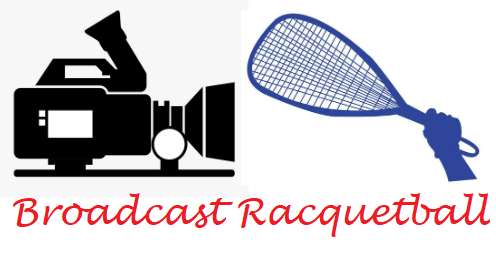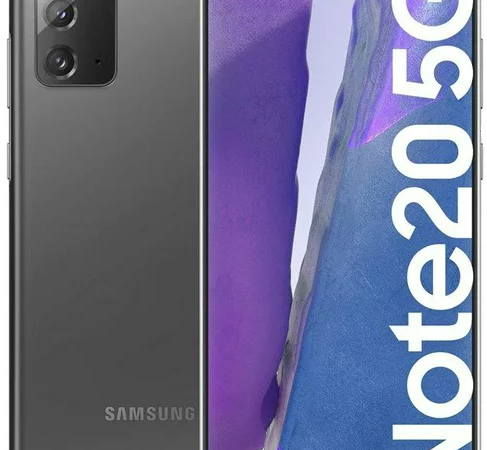Phones
Most of the smartphone manufacturers will have a ‘flagship’ model that does much more than you will need to broadcast or stream a good racquetball match. Be sure that it has 5G if your carrier offers it and if not, be sure you have a great wifi signal from the racquetball facility. Slow internet access will make the stream look like it is stretching and tearing. It is better to simply record and upload later if your internet speed is not good. I would define good as at least 12 M upload speed. You can check that with SpeedTest.Net If you already have one of these phones with a good camera and high-speed internet access, then I would recommend only using that until you have convinced yourself that you are going to be broadcasting multiple tournaments or shootouts. Then you can consider moving to a more complex setup. Practice with your phone to ensure that you know how to set it in landscape mode and how to turn off any auto-focus features. You want the entire court to be in focus, you don’t want the camera trying to follow a player as she moves forward or back in the court, or to focus on the ref that is just barely in view.
Cameras
If you are going with a DSLR or mirror-less camera or camcorder, you will want to look for a few specific features:
1a) Clean HDMI out – this means that the camera controls don’t show up on the HDMI feed. Many cameras will have this as an option in a menu, so be sure to check for this feature before pulling the trigger to buy a new camera.
1b) SDI output. If you are buying a camera designed for video or a professional camera, it can have an SDI output option. This is best for long runs of cable between the camera and the switcher or computer you are connecting it to.
2) Full HD output. Some cameras can record in 4K and output 4K, others will only output in 1080p. Since YouTube and Facebook (the most common free streaming destinations) don’t offer 4K livestreaming without being an ad partner, 1080p is more than sufficient for livestreams. If you are going to record and upload later, then 4K is a great choice.
3) Frames per second. For racquetball, you will want a minimum of 60 fps and if the camera can do 120 fps for extended periods without overheating, then that is a great choice as well.
4) Large battery capacity or USB power. If you are going to record or broadcast a tournament day, you won’t want to have to own enough batteries that you can put in a new battery at the start of each match. A USB powerbank power option or a false battery that lets you run a cable to a wall outlet is an essential accessory.
5) Manual focus. You do not want the camera trying to adjust focus as the players or ball move from the front to the back of the court. You want the entire view in focus all of the time. Avoid cameras and lenses that produce bokeh as one of their selling points.
6) No limit on video. Older DSLR and mirror-less cameras had a 30-minute maximum set in their bios for video capture. Other cameras will overheat if used for video for too long. A match can easily go an hour and a half with well-matched opponents, so be sure to investigate any potential camera for this concern.
Digital Zoom. You want zero digital zoom (none) on your broadcast or recording, so do not pay any extra for a different model of camera that offers digital zoom or more digital zoom. Optical zoom is the only option for good quality at the high speeds that racquetballs move.
My preference is not to use a DSLR or mirror-less camera, as you don’t get to just buy the camera, you also have to buy a lens. Then you need to go down a whole new learning path about lens focal lengths, which lenses are good for a wide-angle, so you get as much of the court as possible, etc.
I went with a set of 3 Sony Camcorders as they solve all 6 options above (with clean HDMI instead of SDI). The Sony FDR-AX43 Handycam is what I use because it hit a good price point, has good color matching, has 20x optical zoom and is readily available at Best Buy if I need to quickly replace one. The FDR-AX33 and FDR-AX53 are also good choices but had features that I didn’t need. The FDR-AX43 can record in 4K as well, so it is good for recording interviews or facility walkthroughs while also being great for broadcasting the matches.
If you find that you do want more from a camera than a prosumer camcorder can provide, you can look into the box style cameras used by the LPRT and IRT. The LPRT uses the Blackmagic Design Micro Studio Camera 4K which unfortunately is no longer manufactured. It has great SDI output and so long cables between the cameras and the broadcast table are not a problem. The IRT uses the Panasonic LUMIX BGH1 which also has SDI output. With these cameras you have to buy the lenses separately and I don’t recall the exact lenses in use by the two tours off the top of my head. The LPRT uses a 7-14 lens, but I do not know the brand or specific model. The IRT uses the Panasonic Lumix G Vario 1:4/7-14 ASPH lens which runs about $750 and they have one for each of their three cameras.

